Source:Goolge.com.pk
Pencil Drawing Sketch Art Biography
A sketch (ultimately from Greek σχέδιος – schedios, "done extempore"[1][2][3]) is a rapidly executed freehand drawing that is not usually intended as a finished work.[4] A sketch may serve a number of purposes: it might record something that the artist sees, it might record or develop an idea for later use or it might be used as a quick way of graphically demonstrating an image, idea or principal. Sketching is generally a prescribed part of the studies of art students.
The term "sketch" has most often been applied to graphic work executed in a dry media such as graphite pencil, charcoal or pastel. It may also apply to drawings executed in pen and ink, ballpoint pen, water colour and oil paint. The latter two are generally referred to as "water colour sketches" and "oil sketches". A sculptor might model three-dimensional sketches in clay or plasticine.
The term "sketchbook" refers to a book of blank paper on which an artist can, (or has already) drawn sketches. The book might be purchased bound or might comprise loose leaves of sketches assembled or bound together.
Most visual artists use, to a greater or lesser degree, the sketch as a method of recording or working out ideas. The sketches of some individual artists have become very well known,[4] including those of Leonardo da Vinci and Edgar Degas which have become art objects in their own right, with many pages showing finished studies as well as sketches.
The ability to quickly record impressions through sketching has found varied purposes in today's culture. Courtroom artists are usually sketchers. Sketches drawn to help authorities find or identify wanted people are called composite sketches. Street performers in popular tourist areas often include artists who sketch portraits within minutes.
There a few reasons why you would write a biographical sketch for yourself or someone else. If you are considering writing one for yourself perhaps you need a biographical sketch for a book or maybe you are making a presentation and it was requested that you provide a biographical sketch to be included in a program.
Most of the time when you are writing a biographical sketch about yourself it is for self promotion such as when seeking employment. Sometimes people will make professional portfolios that include a resume, pieces of their professional works and the biographical sketch.
In instances where the biographical sketch is written about someone else, it is mainly for the purpose of informing an audience about that person’s life. These types of biographical sketches usually provide a very detailed account of a person’s life and will include such information as the person’s full name, occupation and their life’s activities.
When writing a biographical sketch for yourself or about someone else it is important to consider why you are writing such a piece as this will help you compile information which can be used to complete the biographical sketch.
Tips on Writing a Biographical Sketch
Here are a few tips on writing a biographical sketch that will help you compile and format all the information which is needed.
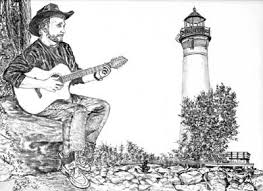
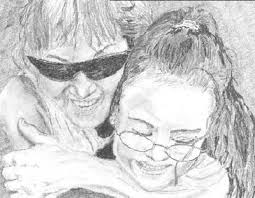
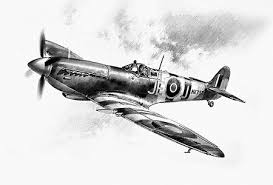


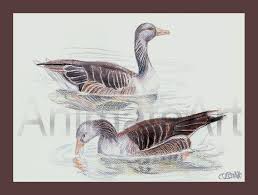

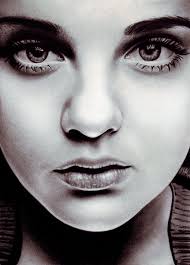
Pencil Drawing Sketch Art Biography
A sketch (ultimately from Greek σχέδιος – schedios, "done extempore"[1][2][3]) is a rapidly executed freehand drawing that is not usually intended as a finished work.[4] A sketch may serve a number of purposes: it might record something that the artist sees, it might record or develop an idea for later use or it might be used as a quick way of graphically demonstrating an image, idea or principal. Sketching is generally a prescribed part of the studies of art students.
The term "sketch" has most often been applied to graphic work executed in a dry media such as graphite pencil, charcoal or pastel. It may also apply to drawings executed in pen and ink, ballpoint pen, water colour and oil paint. The latter two are generally referred to as "water colour sketches" and "oil sketches". A sculptor might model three-dimensional sketches in clay or plasticine.
The term "sketchbook" refers to a book of blank paper on which an artist can, (or has already) drawn sketches. The book might be purchased bound or might comprise loose leaves of sketches assembled or bound together.
Most visual artists use, to a greater or lesser degree, the sketch as a method of recording or working out ideas. The sketches of some individual artists have become very well known,[4] including those of Leonardo da Vinci and Edgar Degas which have become art objects in their own right, with many pages showing finished studies as well as sketches.
The ability to quickly record impressions through sketching has found varied purposes in today's culture. Courtroom artists are usually sketchers. Sketches drawn to help authorities find or identify wanted people are called composite sketches. Street performers in popular tourist areas often include artists who sketch portraits within minutes.
There a few reasons why you would write a biographical sketch for yourself or someone else. If you are considering writing one for yourself perhaps you need a biographical sketch for a book or maybe you are making a presentation and it was requested that you provide a biographical sketch to be included in a program.
Most of the time when you are writing a biographical sketch about yourself it is for self promotion such as when seeking employment. Sometimes people will make professional portfolios that include a resume, pieces of their professional works and the biographical sketch.
In instances where the biographical sketch is written about someone else, it is mainly for the purpose of informing an audience about that person’s life. These types of biographical sketches usually provide a very detailed account of a person’s life and will include such information as the person’s full name, occupation and their life’s activities.
When writing a biographical sketch for yourself or about someone else it is important to consider why you are writing such a piece as this will help you compile information which can be used to complete the biographical sketch.
Tips on Writing a Biographical Sketch
Here are a few tips on writing a biographical sketch that will help you compile and format all the information which is needed.
Pencil Drawing Sketch Art
Pencil Drawing Sketch Art
Pencil Drawing Sketch Art
Pencil Drawing Sketch Art
Pencil Drawing Sketch Art
Pencil Drawing Sketch Art
Pencil Drawing Sketch Art
Pencil Drawing Sketch Art
Pencil Drawing Sketch Art
Drawing Pencil Sketches
Drawing Pencil Sketches - Mrinmoy
No comments:
Post a Comment